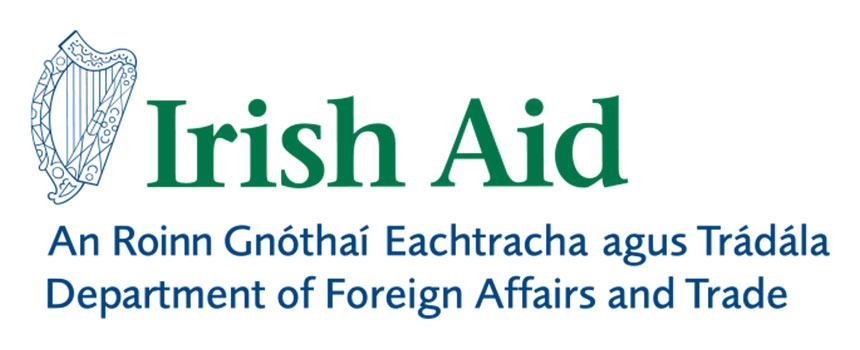The Cause and Impact of the Global Financial Crisis
January 4th, 2016 - Andy Storey
The roots of the crisis lie in the growing trend towards making money through financial speculation rather than through productive investment. By 2006, over 40% of all US corporate profits were coming from such speculation and similar trends were apparent in other countries. Underpinning this speculation was growing levels of indebtedness – US debt as a percentage of the size of the US economy grew from 140% in 1973 to 346% in 2007. (Ireland started later but caught up fast: between 2003 and 2008, Irish household debt shot up from 57 billion euros to 157 billion euros).
The form of debt most associated with the current crisis is mortgage debt. People were encouraged to buy homes, often without having a down payment or a salary sufficient to ensure repayments – such mortgages are called ‘sub-prime’. Many other people were encouraged to take out second mortgages; for example, the US bank Citigroup ran an advertising campaign in the 1990s encouraging people to ‘live richly’ through re-mortgaging their homes. One of the reasons people did so was that their earnings were often stagnating or even falling and increased debt seemed the only way to maintain their standards of living.
These mortgages were bundled together with other forms of (also rising) debt such as student loans, credit card debt and car loans. The debt bundles were called Collateralised Debt Obligations (CDOs). US investment banks, amongst others, divided up the CDOs into different tranches (or shares) and sold them around the world. The assumption was that while some debtors might default, the overall bundle was a good investment because the diversity of debts in it meant that the vast bulk of them would be repaid. Anyway, even if a homeowner did default on her mortgage, the house, it was thought, could always be sold and the proceeds used to clear the debt.
Because of this assumption of safety (in numbers), credit rating agencies (whose job it is to assess the risk factor in different forms of debt) gave at least the top tranches of the CDOs so-called ‘Triple A’ ratings – indicating their belief that buying such debt was a sound investment. But in 2007, it became apparent that a vast number of homeowners could no longer keep up repayments. And the debts could not be cleared by selling the houses because house prices began to plummet. Panicked, investors tried to sell the CDOs but as the shaky foundations of the whole edifice became apparent the market collapsed. Gaping holes appeared in the balance sheets of financial institutions worldwide, causing everyone to stop lending to everyone else: a so-called ‘credit crunch’ that hit Irish banks also.
Irish banks were exposed to our home-grown property price bubble and their assets (most of them based on collapsing property prices) fell well short of their liabilities (what they in turn had borrowed from abroad, from the people now known as the ‘bond holders’, to fuel their reckless lending here at home). Which is where the Irish government stepped in (on 30 September 2008) and guaranteed the debts of the Irish banks i.e., reassured the bond holders that they would get their money back come what may. A private debt crisis had now become a public debt crisis, a shift mirrored across the world as governments stepped in to underwrite the losses of the banks. Those European governments unable to meet these new obligations were offered so-called ‘bail outs’ by the European Central Bank and others – new loans to help ensure the bond holders continued to be repaid, and with strings attached in the form of insistence on public spending cut-backs, tax increases, reductions in worker protection and privatisations.
This led to swingeing austerity and rising deprivation in countries such as Greece, Spain, Portugal, Ireland and Latvia. Non-debtor European countries have also been impacted by, for example, falling demand for their exports. The slowdown in Europe and elsewhere in the Global North has in turn spread to the Global South in the form of reduced demand for their exports, falling development aid and reductions in income sent home by migrants. Ordinary people – North and South – are paying the price for a frenzy of financial speculation.


